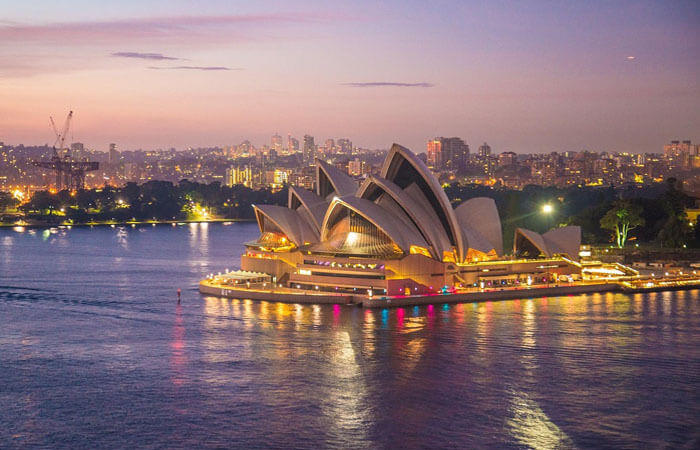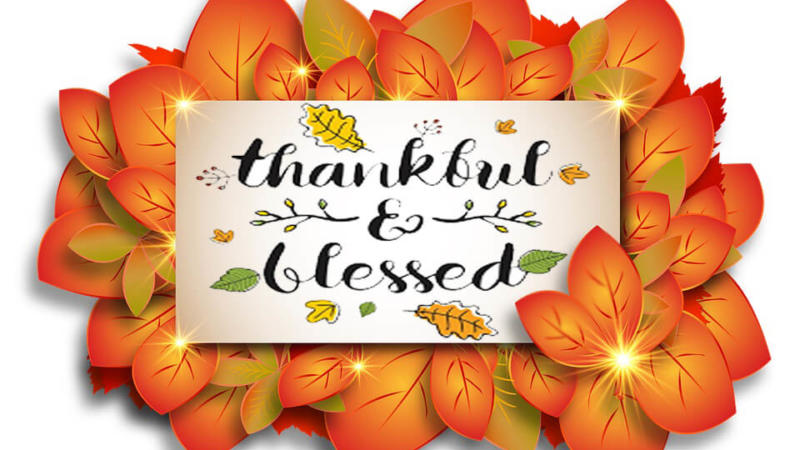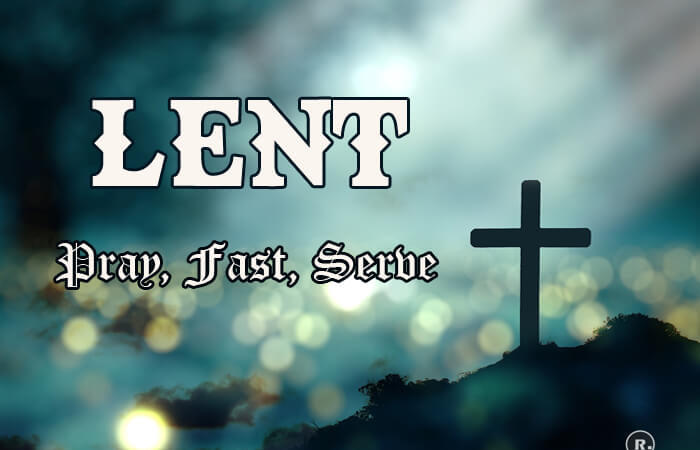Theravada New Year 2025 (Buddhist)

Theravada New Year is a Buddhist festival celebrated followers of Theravada. Celebrated for three days from the first full moon day in April. Countries that have Theravada Buddhism as their dominant religion celebrate the new year at this time.
New Year in Buddhism is celebrated differently in different cultures. New Year in Laos, Thailand, Cambodia and Myanmar is celebrated in April while Chinese and Vietnamese New Year are usually in February.
New Year festival is celebrated by the Buddhist of South India, Myanmar, Thailand, Laos and Cambodia in April. In northern Thailand this festival is known as pi mai, while in central Thailand it is known as Prophenie Songkran or Maha Songkran. The day marking the birth, death and enlightenment of Buddha marks the beginning of the rainy season. The festival is celebrated for three days.
In 2025 the Theravada New Year will be celebrated on Sunday, 13th of April.
Two schools of Buddhism – Theravada Buddhism and Mahayana Buddhism
As Buddhism developed in its early years, conflicting interpretations of the master’s teachings appeared, resulting in the traditional 18 schools of Buddhist thought. As a group, these schools eventually came to be considered too conservative and literal minded in their attachment to the master’s message. Among them, Theravada was charged with being too individualistic and insufficiently concerned with the needs of the laity. Such dissatisfaction led a liberal wing of the sangha to begin to break away from the rest of the monks at the second council in 383 BC.
Theravada has been the dominant religion in Cambodia, Laos, Myanmar, Sri Lanka, and Thailand, and practiced by minority groups in Bangladesh, China, Malaysia, Nepal, and Vietnam. Theravada teachings encourage and promote discipline, knowledge and critical reasoning through deep reflection.
Some of the most powerful traditions and practices of Theravada come from the oldest recorded Buddhist text, the Pali Canon. The seven stages of purification form the foundations of the Buddhist path, some of which include the purification of conduct, the mind and knowledge that lead to the attainment of nirvana, a transcended state of peace and the ultimate goal in Buddhism.
The more conservative monks continued to honor the Buddha as a perfectly enlightened human teacher, the liberal Mahasanghikas developed a new concept. They considered the Buddha an eternal, omnipresent, transcendental being. They speculated that the human Buddha was but an apparition of the transcendental Buddha that was created for the benefit of humankind. In this understanding of the Buddha nature, Mahasanghika thought is something of a prototype of Mahayana.
All Mahayana Buddhist countries have their New Year celebration slotted for the day of the first full moon of the January month of the Georgian calendar, while the Theravada New Year falls in the mid-to late spring. Some Buddhists, however, do not celebrate either Theravada or Mahayana New Year but instead recognize the Chinese New Year.
Theravada tradition
Theravada day is to partake in festival activities and think about the birth, birth and overall enlightenment of the Buddha.
In countries where Theravada Buddhism is the most dominant religion, April is the month of celebration. It marks the end of the lunisolar calendar and the beginning of another just like January 1 for most people in the world, and is why this holiday is termed the Theravada New Year. The Theravada New Year is celebrated for three days from the first full moon in April. Theravada means “the teachings of the elders”. This form of Buddhism is more prevalent in South East Asian countries such as Sri Lanka, Cambodia, Laos, Burma, Thailand and India.
During the days of Sangken, younger persons put water on the feet of monks, other respected persons and their parents seeking blessing from them. Boys and girls splash water to each other. During the celebration, Buddhi-tree (ton puthikham), kongmu (stupa), Chow sangpha-upuk and the Sammuk-kathing are also given ceremonial wash by splashing water on it. To confer blessings on this holiday, Cambodians throw water on each other and on outsiders they like and respect.
People visit the local temples in the morning to chant and meditate. There is a water festival in the afternoon, where they meet the Buddha image and pay respect to the elderly by watering their hands together. One of the most popular activity for the day is building sandcastles.
Observation of this festival is considered an act of merit making mixed with boisterous fun of throwing water to each other, playing with mud and mimo (dark ashes of cooking pots).
People buy captured fish and birds on this day to free the fish in sea or river and birds in forest where they can live freely. Treating other with kindness so that you receive the same treatment from others. In Buddhist tradition each grain of sand is representative of a wrongdoing (or, in Buddhist terms, a bad “mark” on one’s karma), and when the sand is washed away by the river or by other means, that bad deed is “washed away.” So they build sandcastles to reflect on their karma and washing away of sand represent their bad karma are erased.






